As @BionicCode said, in WPF and I think Avalonia in XAML can't bind to methods. Therefore, I had to create a TemplateCompositeAttributesSettingsViewModel and specify a public property there and later bind the DataContext TextBox to this ViewModel.
.xaml
<StackPanel Name="MinWidthMinHeightStackPanel" Margin="3.5" Orientation="Horizontal">
<!--TODO-->
<TextBox Text="{Binding MinWidth}"/>
<TextBlock Margin="20,0,20,0" Text="x" VerticalAlignment="Center"/>
<!--TODO-->
<TextBox Text="{Binding MinHeight}"/>
</StackPanel>
TemplateCompositeAttributesSettingsView.cs:
public TemplateCompositeAttributesSettingsView(Scripting.Template dataContext) : this()
{
DataContext = dataContext;
var templateCompositeAttributesSettingsViewModel = new TemplateCompositeAttributesSettingsViewModel( dataContext );
this.FindControl<StackPanel>( "MinWidthMinHeightStackPanel" ).DataContext = templateCompositeAttributesSettingsViewModel;
}
TemplateCompositeAttributesSettingsViewModel.cs:
class TemplateCompositeAttributesSettingsViewModel : ViewModelBase
{
public TemplateCompositeAttributesSettingsViewModel(Scripting.Template DataContext)
{
this.DataContext = DataContext;
}
public int MinWidth
{
get => DataContext.GetDisplayParams().Width;
}
public int MinHeight
{
get => DataContext.GetDisplayParams().Height;
}
public Scripting.Template DataContext { get; set; }
}
Output:
enter image description here
